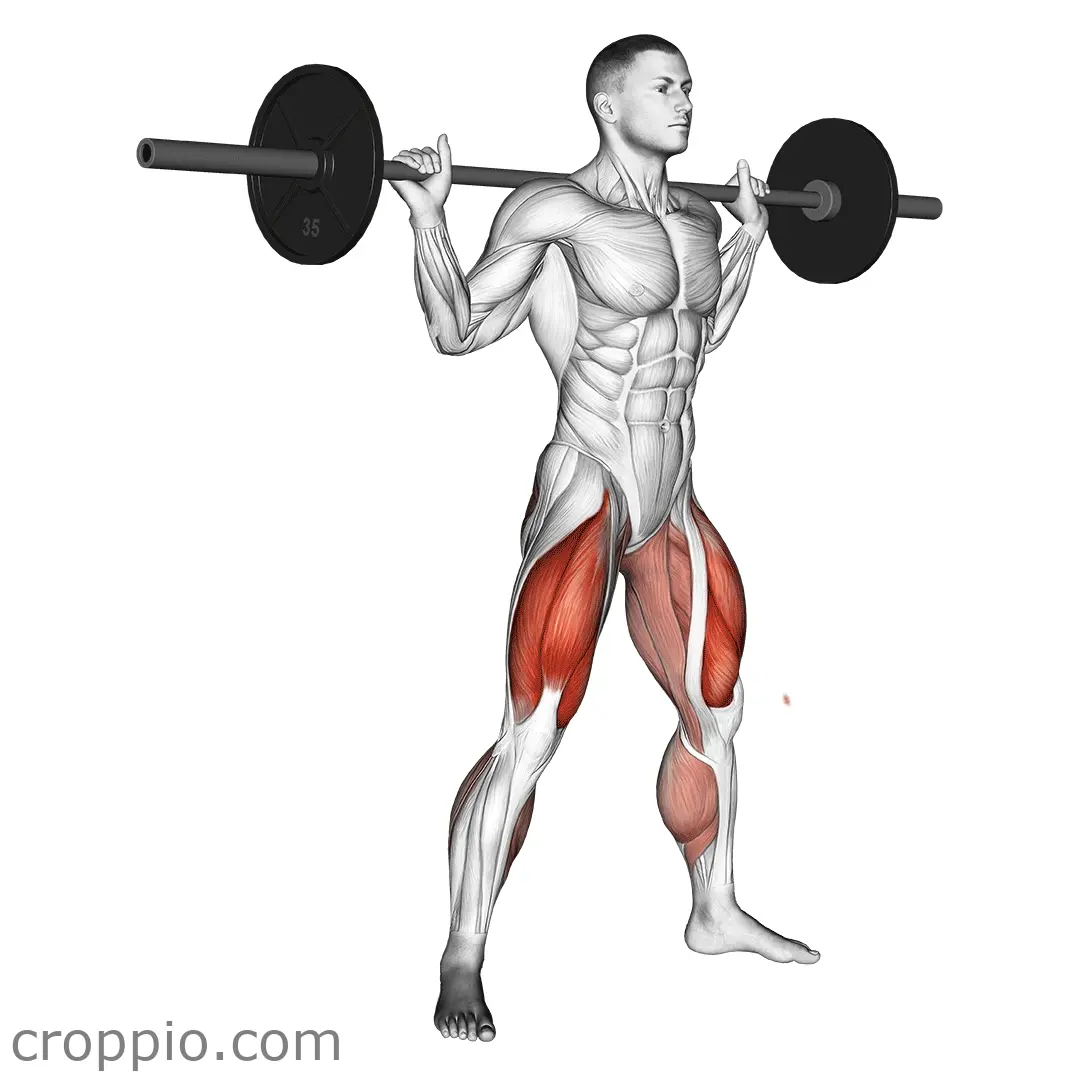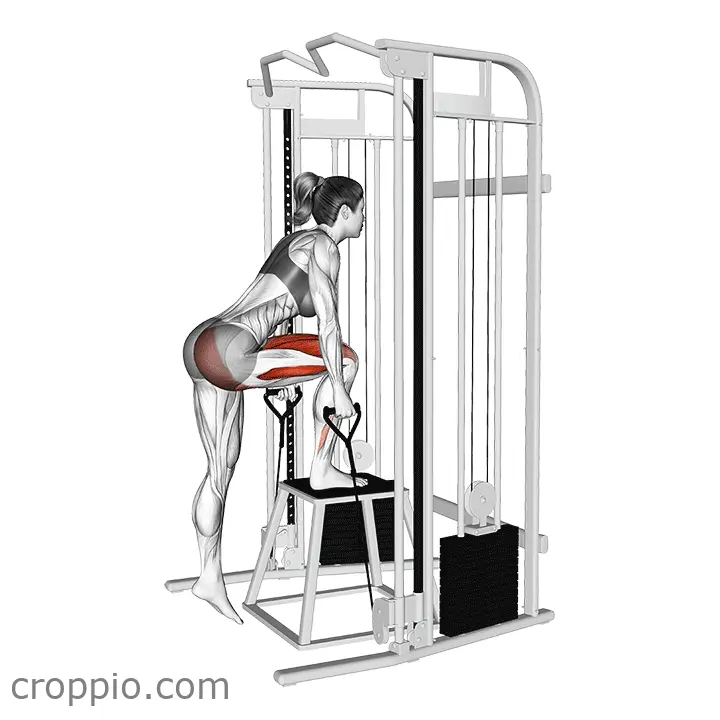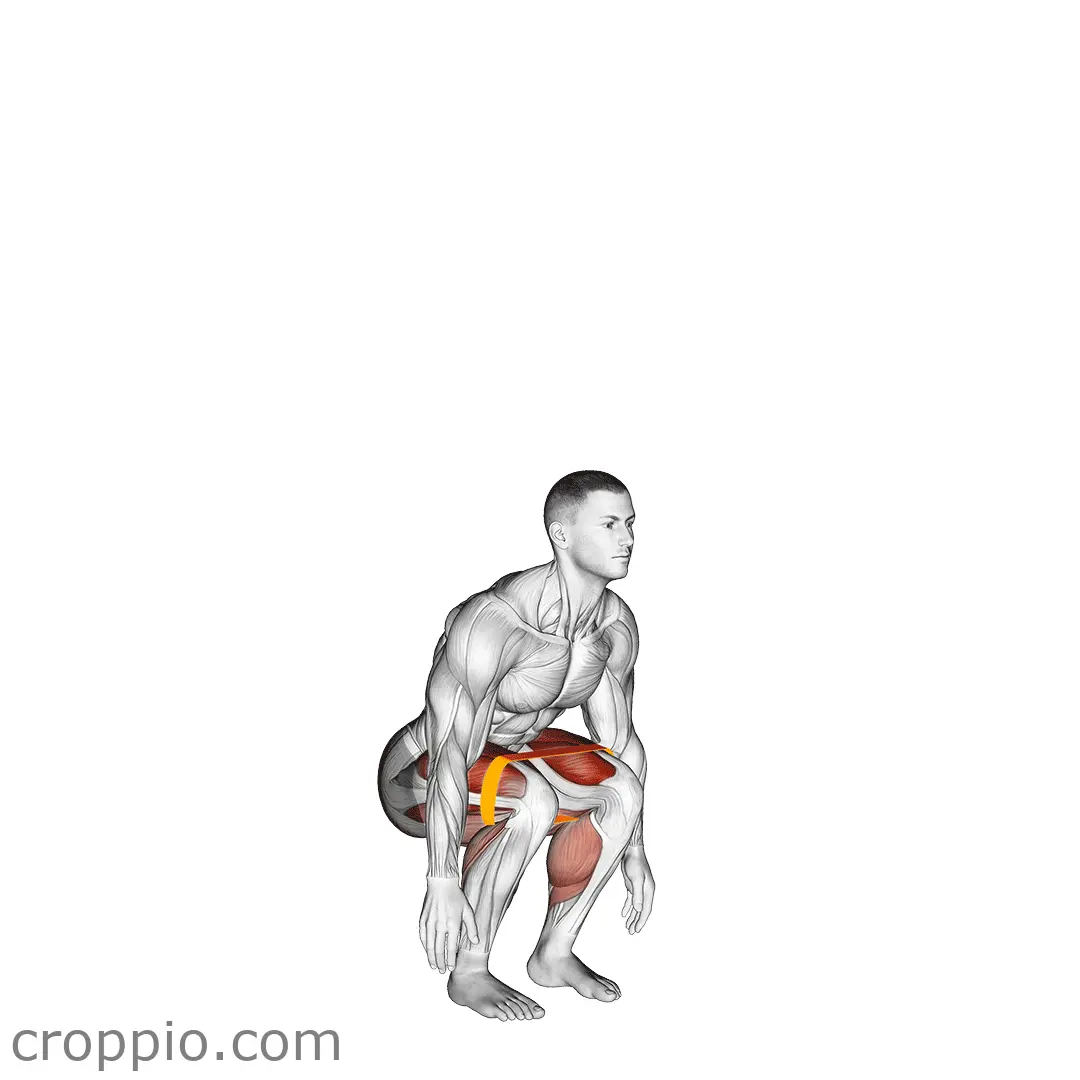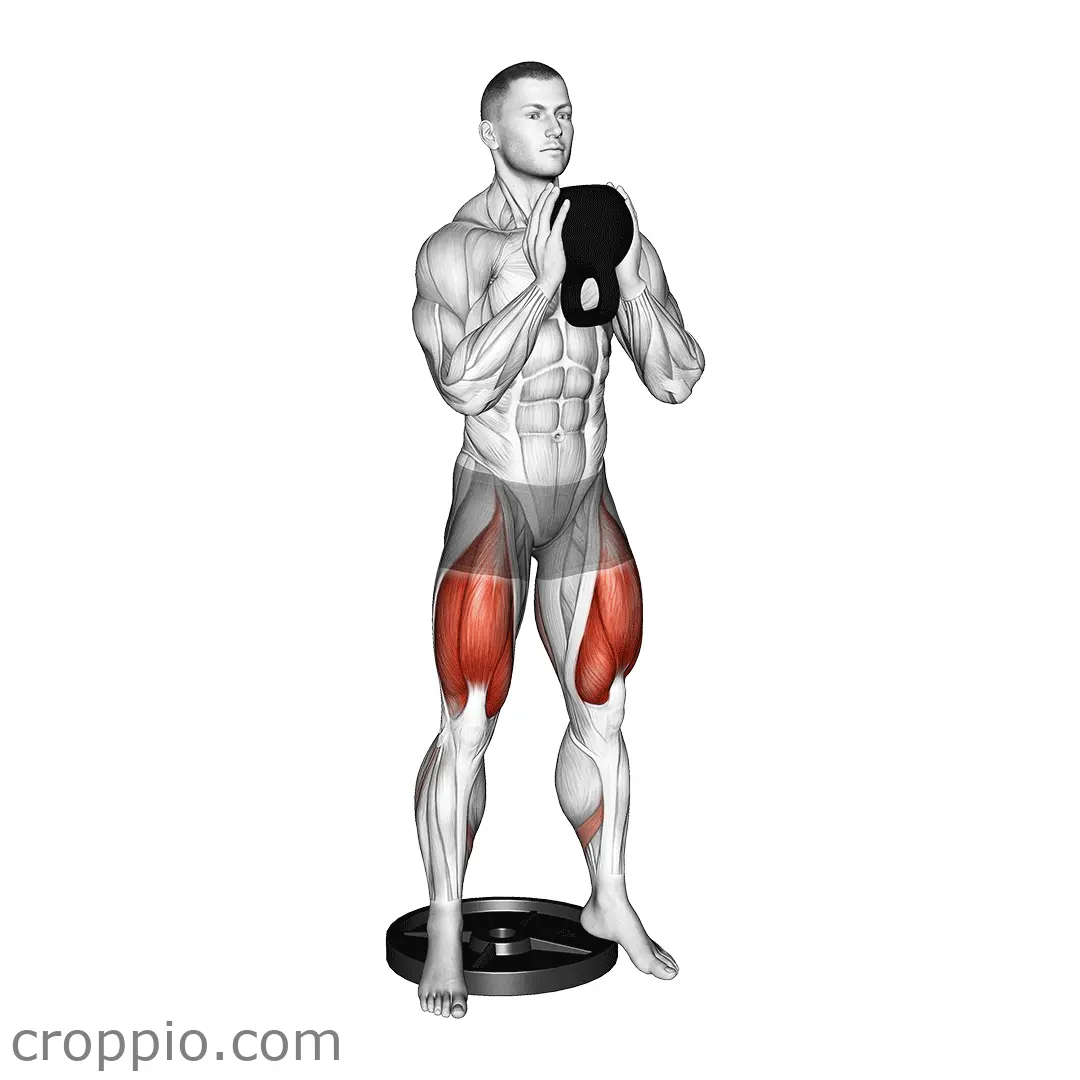Belt Squat
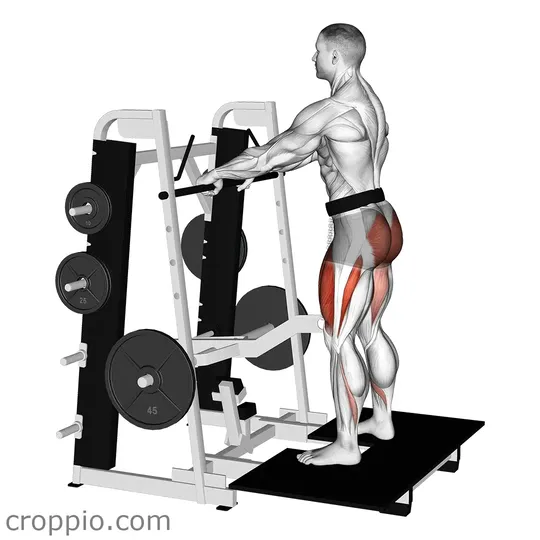
Muscles Involved
The belt squat is an excellent lower body exercise that primarily targets the quadriceps, hamstrings, and glutes. Unlike traditional squats, the belt squat allows for a more upright torso position, which helps reduce stress on the spine while engaging the legs intensely. The primary muscles worked include:
- Quadriceps: These muscles are heavily engaged during the squat, especially as you extend your knees.
- Hamstrings: These muscles help with knee flexion and play a crucial role in balancing your knee and hip movements.
- Gluteus Maximus: The glutes are activated during the upward phase of the squat when pushing through your heels.
Additionally, secondary muscles such as the calves, lower back, and core come into play to stabilize the body during the movement.
Top Mistakes
- Lifting with your back: Avoid leaning forward excessively or rounding your back. This increases injury risk.
- Not squatting low enough: Failing to reach parallel or below can limit engagement of the target muscles.
- Using excessive weight: Prioritize form over the amount of weight to prevent injuries.
Execution Tips
To perform the belt squat correctly, follow these essential tips:
- Adjust the belt: Ensure the belt is secured snugly around your hips and that the weights are evenly distributed.
- Stand feet shoulder-width apart: Keep your feet flat and your toes pointing slightly outward for balance.
- Control the descent: Lower your body in a controlled manner, hinging at the hips and bending your knees simultaneously.
- Drive through your heels: As you push back up, focus on using your heels to engage the glutes and quads effectively.
Workouts
Incorporating the belt squat into your workout routine can enhance leg development and strength. A sample set and rep scheme include:
- Beginners: 3 sets of 8-10 reps, focusing on mastering form.
- Intermediate/Advanced: 4 sets of 6-8 reps, progressively increasing weight for added challenge.
- Complementary exercises: Pair with lunges, deadlifts, or leg presses to create a comprehensive leg workout.
Conclusion
The belt squat is an invaluable exercise for building lower body strength while reducing spinal strain. By effectively targeting the quadriceps, hamstrings, and glutes, it not only enhances muscle hypertrophy but also improves overall functional strength. Embrace the belt squat in your training regime to elevate your fitness journey and achieve better results.
